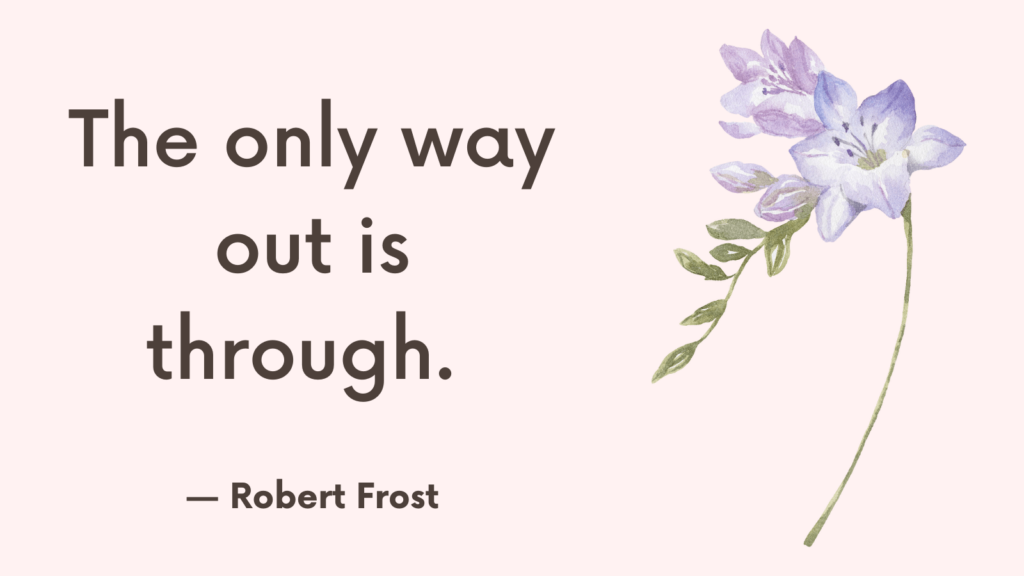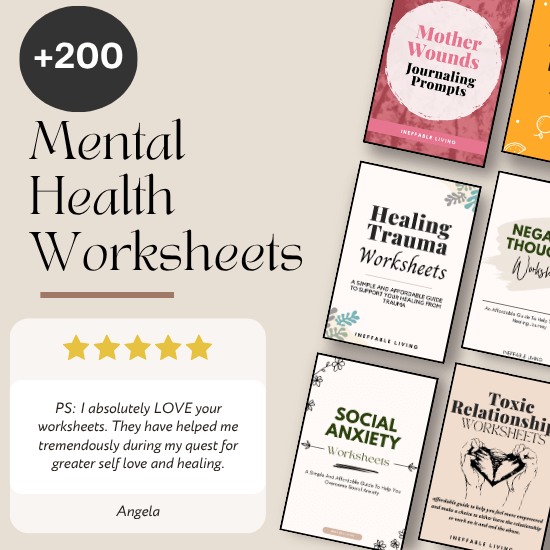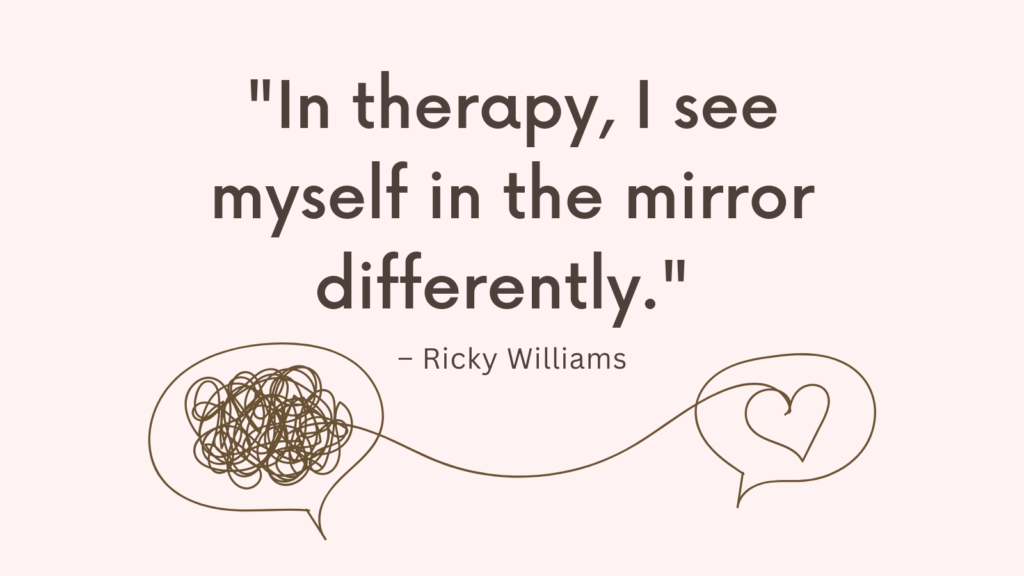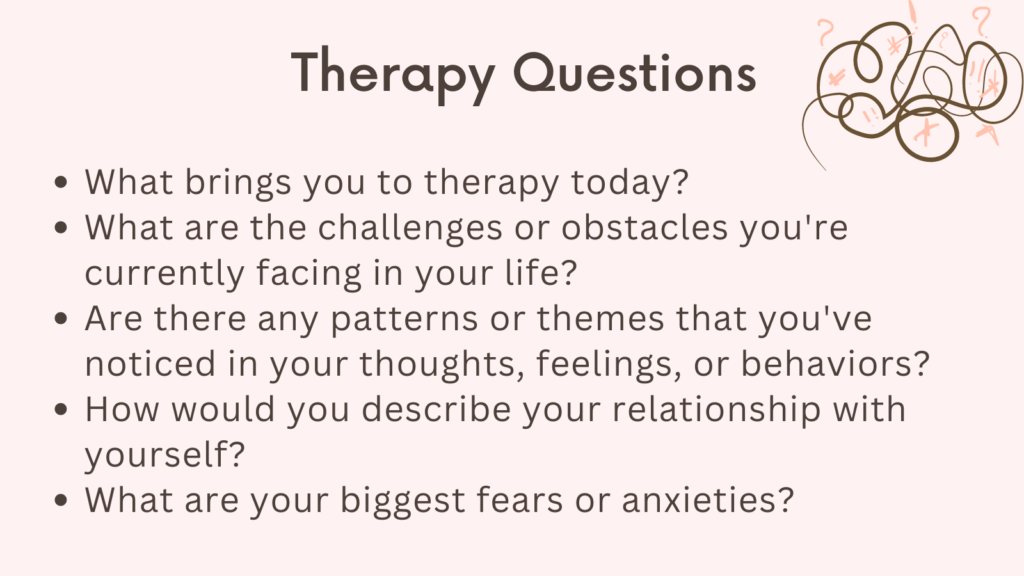Sometimes, you’re not the one sitting in the therapist’s office—but somehow, you’re still doing the work.
Maybe your partner started therapy. Or your best friend is deep into their healing journey. Maybe your sibling or roommate is unpacking childhood trauma—and suddenly you’re reflecting on your own family dynamics too.
This is what we call “Second-Hand Therapy.”
Not in a draining way—but in a deeply reflective, sometimes unexpected, often empowering way.
What Is Second-Hand Therapy?
Second-Hand Therapy (in this context) is the personal growth, emotional insight, and self-reflection that happens when someone close to you is in therapy and starts sharing what they’re learning.
You start connecting the dots in your own life—without officially being in therapy yourself.
You might think:
“Wow… I do that too.”
“That boundary thing makes sense for me too.”
“I’ve never thought about it that way before.”
And just like that, you’re growing by proxy.
Related: Lack Of Self Awareness: 5 Signs & 5 Tips On How To Increase Self-Awareness
Why It’s So Powerful
You’re not being directly guided—but someone else’s transformation acts like a mirror, reflecting parts of your own story.
Second-Hand Therapy can:
- Spark self-awareness
- Encourage emotional honesty
- Give language to things you couldn’t name before
- Open the door to your own healing
- Normalize asking for help or going to therapy yourself
It’s the ripple effect of healing—when one person does the work, everyone around them benefits.
Related: Am I Emotionally Unavailable Quiz
Common Second-Hand Therapy Moments
You might be experiencing Second-Hand Therapy if:
A friend shares a boundary they set, and you start reconsidering your own
A partner talks about their inner child, and suddenly yours feels… not so buried
You hear about a concept (like reparenting, codependency, or emotional regulation) and realize it fits your own experience
You start thinking differently about your triggers, communication patterns, or past
It’s not that you’re being “therapized” against your will—it’s that your inner world is waking up.
Related: How to Overcome Fear of Therapy?
How to Make the Most of It? (Without Getting Overwhelmed)
1. Stay Open, Not Overloaded
You don’t need to process everything your loved one is learning. Take what resonates, leave the rest. Growth doesn’t need to be forced.
2. Reflect, Don’t Compare
Avoid falling into “they’re doing the work and I’m not” guilt. Your path is valid. Just noticing things is part of the work.
3. Ask Yourself Questions Like:
What insight really struck me today?
Where might this apply in my own life?
Am I feeling inspired, resistant, triggered—or all three?
Related: What To Talk To Therapist About: Top 35 Topics
4. Use It as a Starting Point
Let their growth inspire your own. Maybe it’s time to journal. To read that self-help book. To explore therapy yourself. Or simply to start noticing your patterns more compassionately.
5. Celebrate Collective Healing
When one person in a relationship or family starts healing, it creates new possibilities for everyone. That’s not coincidence—it’s energetic momentum.
Related: How to Manage Therapy Hangovers?
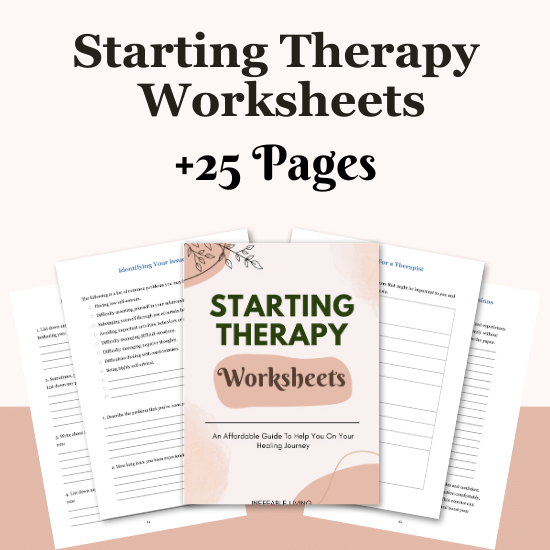
Gentle Reminders
You don’t need to be in therapy to grow.
You can be impacted positively by other people’s breakthroughs.
You deserve your own space to heal, reflect, and explore, too.
You’re allowed to feel triggered, inspired, emotional, resistant, or curious—all at once.
